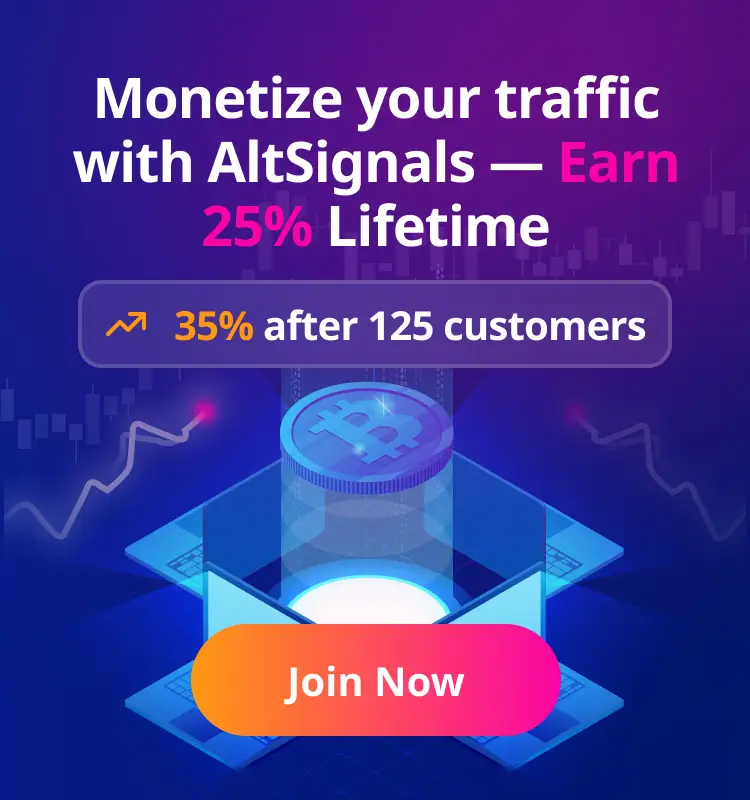The Role and Impact of Market Makers in Cryptocurrency
In the dynamic and rapidly-evolving world of cryptocurrencies, it could be posited that market makers serve as launchpads for various cryptocurrency endeavors. They open doors to major trading platforms and furnish the requisite liquidity to ensure token tradability. However, underlying incentives can morph a potentially beneficial market maker into a destructive force.
Misconceptions about Loan Option Model
Perhaps, one of the most common but grossly misunderstood offerings in the sphere of market-making includes the ‘loan option model’. Under this model, a project loans tokens to a market maker, facilitating the creation of liquidity, stability in pricing, and obtaining cryptocurrency exchange listings. However, behind the scenes lurks a darker reality. Astonishingly, numerous market makers exploit token loan structures to their advantage at the expense of the projects they are meant to support.
Ariel Givner, the founder of Givner Law, provides a detailed insight into how this model works. Market makers loan tokens from a project at a specific price and, in return, pledge to secure its listing on major exchanges. If they fail to do so within the stipulated period, typically a year, they reimburse the tokens at a higher price. Unfortunately, in many instances, these market makers “dump” the loaned tokens, causing the prices to plummet. They then buy back the tokens at a reduced price and pocket the profit.
Pitfalls of Loan Option Model
Jelle Buth, co-founder of market maker Enflux, sheds light on the information arbitrage phenomenon, suggesting that market makers clearly understand the implications of such deals but present them as beneficial. An alarming number of projects fall prey to such loan option deals owing to a lack of understanding of the disadvantages involved. These projects often learn the adverse impacts of such deals the hard way.
The bitter experience of numerous projects with loan option agreements has proven that they were worse off after entering such deals. Kristiyan Slavev, co-founder of Web3 accelerator Delta3, corroborates this view, stating that they have worked with projects that have been adversely affected after engaging in the loan model. Typical patterns suggest that they hand over tokens, which are subsequently dumped, proving deleterious for the project.
Calls for Shift in the Business Model
Given the sour experience of many projects involving loan option agreements with market makers, several industry participants urge a shift towards an alternative model known as the ‘retainer model’. This involves a project paying a flat monthly fee to a market maker in return for defined services, rather than parting with tokens upfront. While this model seems less risky, it does imply higher short-term costs.
Despite the prevalent paradigm, it is pertinent to point out that not all agreements lead to adverse outcomes. Carefully drafted and well-structured contracts may prove beneficial. Entities that manage their liquidity relationships effectively have been known to fare well. However, until there is increased transparency and accountability in the process, the loan option model remains one of the most misunderstood and abused mechanisms in the cryptocurrency industry.


















